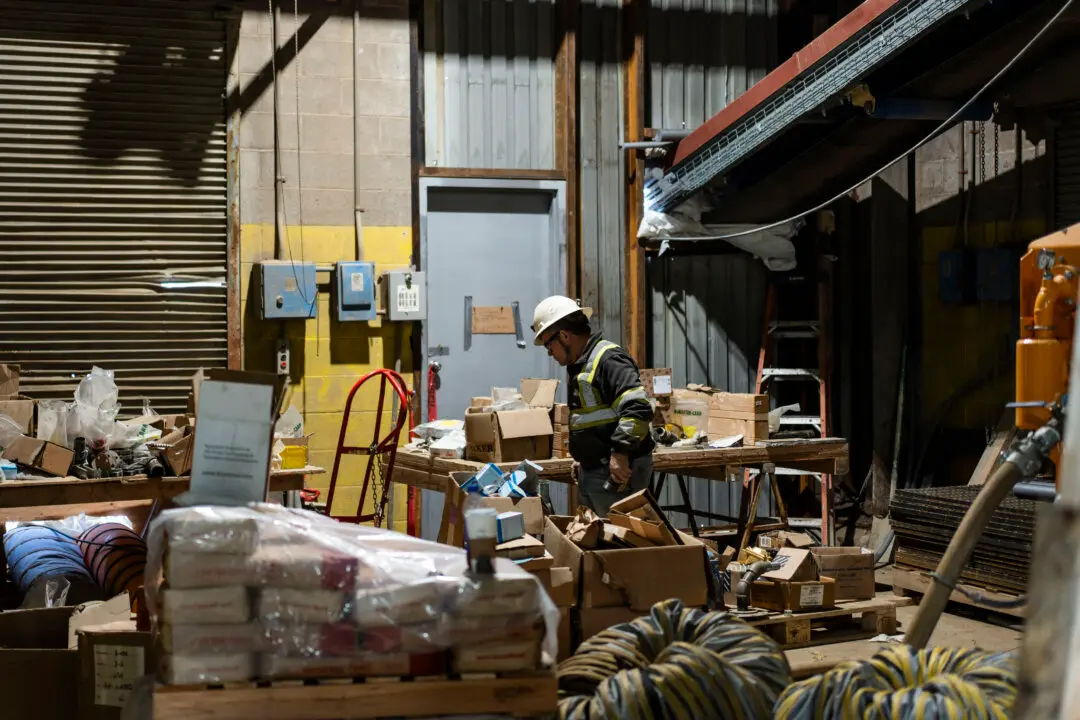The number of Americans filing new claims for unemployment benefits last week stayed unchanged from the week before at just over 880,000, suggesting the labor market recovery has lost some steam.
The Labor Department stated in a release on Sept. 10 (pdf) that initial claims for state unemployment benefits came in at a seasonally adjusted 884,000 for the week ended Sept. 5, the same level as the previous week, which in the current release was revised upward from 881,000.





